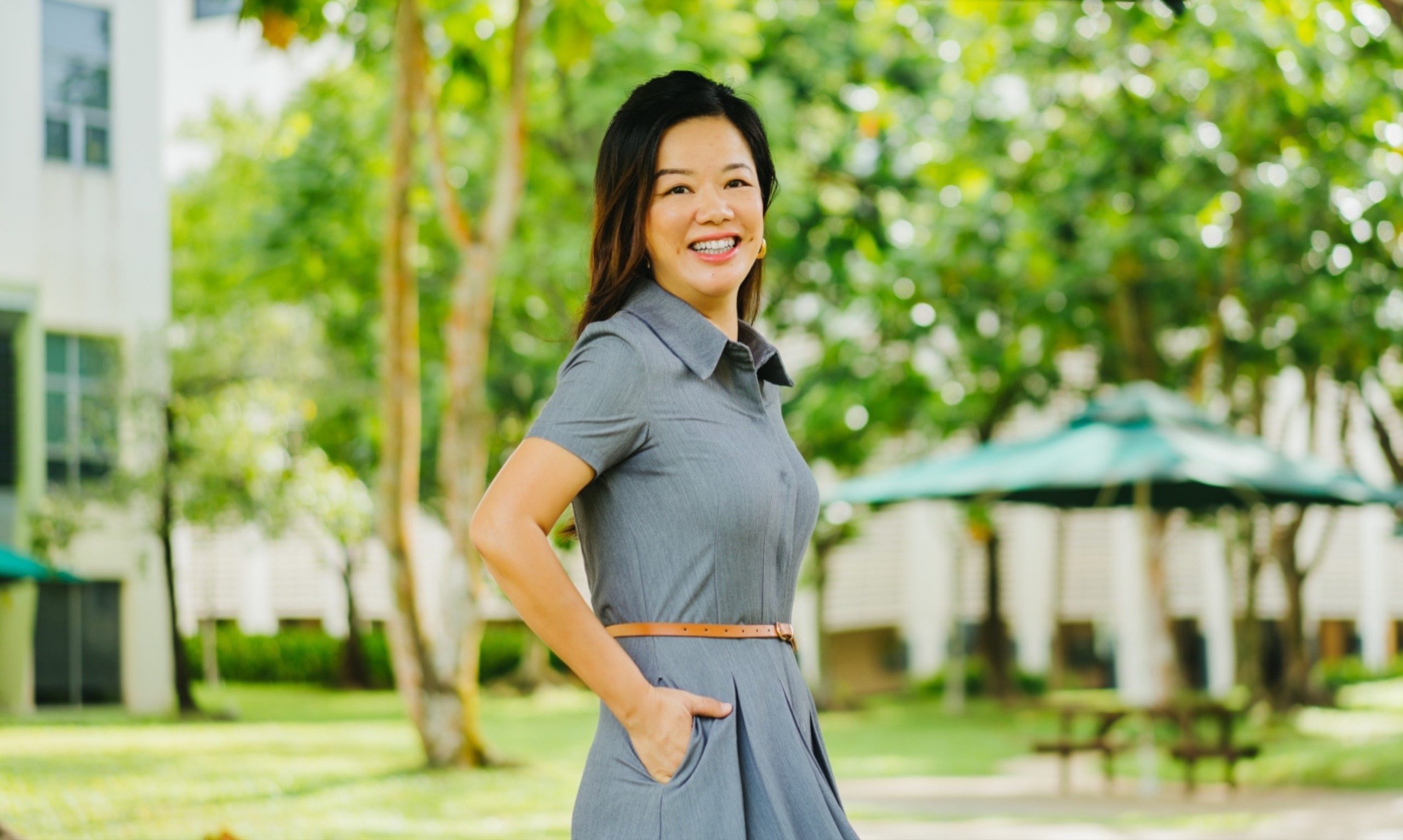Equipped for Everests
The road to Mount Everest is not without its challenges. Teaching Fellow Dr Saravana Pillai Arjunan formerly with the Physical Education & Sports Science Academic Group at NIE recounts with us the unexpected hurdles of his recent expedition to Mount Everest and his reflections on how to harness what we have for any “Everests” we choose to overcome.
How did the decision to climb Mount Everest come about and how did you work towards it?

Dr Saravana Pillai Arjunan battled mental and physical challenges to scale the highest mountain in the world, inspiring others to overcome their own “Everests” as well.
As a young boy, I watched a documentary on Edmund Hillary and Tenzing Norgay, who were the first people to summit Mount Everest back in 1953. Following that, I also attended a talk by the first Singapore expedition team who scaled Mount Everest in 1998. When the Singapore Women’s Everest Team summited the mountain in 2009, I got in touch with Ms Sim Yi Hui, one of the summiteers and she was forthcoming in sharing with me information for the summit of Mount Everest.
Since then, I have been thinking about climbing Mount Everest, but what really sealed the decision was my student teacher Ms Yusrina. Less than 2 years ago, she beckoned me with this question: Would you like to come on board? That was the catalyst that ignited my Everest journey.
Even though I was already keeping fit prior to the climb, I still had to tailor certain training programmes to prepare for the expedition. I did some familiarization training in India and Nepal. I climbed up 6000-metre peaks to get myself in tune with all kinds of climbs, while gaining confidence in the process. Ideally it is better to do 7000-metre or 8000-metre peaks, but I was not able to complete those in time for the expedition.
Can you share with us your experience of your recent Mount Everest expedition and its learning outcomes?
I had no issues whilst I made my way towards the base camp. However when we reached the base camp, I could hear slight crackling noises in my lungs which could be an indicator of High Altitude Pulmonary Oedema (HAPE), or fluid build-up in the lungs. The worse outcome of this was death and I was recommended to descend 1000 metres where there was more oxygen to help with the recovery, which I did. I had to stay there for a couple of days before ascending base camp again.
Along the way back to base camp on an acclimatization climb to Lobuche Peak, I slipped and fell on the way down after summiting the peak. I sustained a fracture in my left hand from the fall. I also suffered frostnip on the last two fingers of my right hand. Again, I had to make my way down. I descended some 1000 metres to recover. I thought I would be able to push on subsequently but I was strongly recommended not to, as any slightest exposure might not only result in the loss of my fingers but also hamper the progress and morale of the team. I reluctantly decided not to push on.
When faced with all these challenges during the climb, I had to dig deep into my reserves – knowledge of self-talk, visualization and breathing techniques – to calm myself down. Many times in my life when I was about to rise to the occasion, I fell. This was another one of those moments. These experiences were what brought me back on my feet during challenging moments of the climb. I leveraged them to propel me forward.
“When faced with challenges during the climb, I had to dig deep into my reserves to calm myself down. These experiences were what brought me back on my feet during challenging moments of the climb and I leveraged them to propel me forward.”
– Saravana, on dealing with difficulties during the climb
How did being in the mountains help you appreciate what you have and bring you closer to nature?
Having been in the mountains for about 2 months, I am reminded that life is actually simple and beautiful. The natural elements of the mountain teach you to be grounded and be humble in the most extreme sense. The mountain has shown me that everyone is equal when they are up on the mountain. It does not matter who you are or what you may have achieved at home – we are all equals on the mountain. Some make it to the top while many others don’t.
I grew up in a kampong which offered a lot of outdoor experiences. I was able to climb trees, fall from them, jump into a pond and catch fishes – these explorations were part of my younger days. Today, while we are certainly digitally connected thanks to the advancement of technology, we have also gotten ourselves disconnected with nature and humanity. Being in a rushed society, we tend to forget to build opportunities for our children’s innate instincts to explore and discover the scientist within. The outdoors gives us that very access to re-connect with Mother Nature.
Can you describe the relationship between outdoor education and building resilience?
“Nature is ever evolving and volatile, much like our life at large, of which we have no control over. I can, however, control the environment that is within me.”
– Saravana, on how he pushed himself forward when met with challenges
On a personal level, sports has taught me the value of picking myself up when I fall, and not to sit down and languish in self-pity. Challenges are there to make me stronger and get me to introspect even further. How do I keep that focus even though I am hampered by challenges? Nature is ever evolving and volatile, much like our life at large, of which we have no control over. I can, however, control the environment that is within me by engaging in self-talk, and keeping myself calm and composed.
That aside, outdoor education in the form of outdoor adventure courses provide a platform to bring out the best in students. When students are out there on a high element course, they might have a fear of heights. What could they do in order to overcome that? With the instructors giving them the right encouragement and setting them up in conducive environments, that would hopefully give them the resilience for them to at least try and overcome those challenges.
Even if they do not overcome such challenges immediately, they at least have the awareness of where their challenges lie and how they can overcome them. With more time, they would be able to overcome those many “Everests” in their paths.
Given the recent emphasis on outdoor education, what advice do you have for educators who are new to this?
First of all, you need to lead by example. Hopefully, outdoor educators will have the understanding of why the outdoors is important, because if they as propagators don’t believe in it then I think the whole purpose will fail.
As outdoor educators, we should be open. We may not be specialists in every sport or activity, but we should at least have an understanding of how it’s done. When I first started out in primary schools and was working my way to junior colleges, I knew very little about the outdoors, be it conducting them or organizing them for the students. However, I wasn’t shy to ask questions, and found that when I did ask questions, the answers came from people who were passionate about outdoor sports.
If you don’t know, just ask. The greatest knowledge one can have is to understand what one needs to know and be brave enough to say: I’m sorry but I don’t know the answer.






